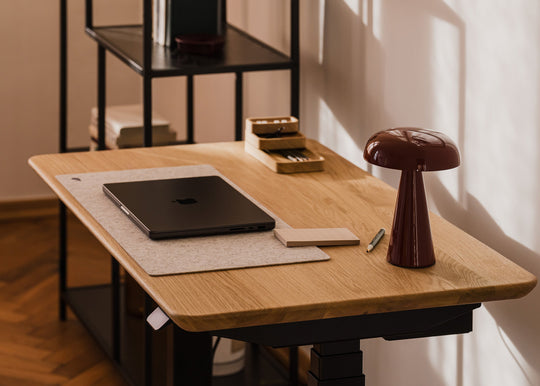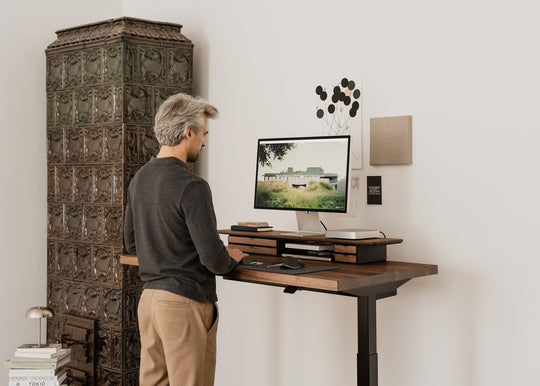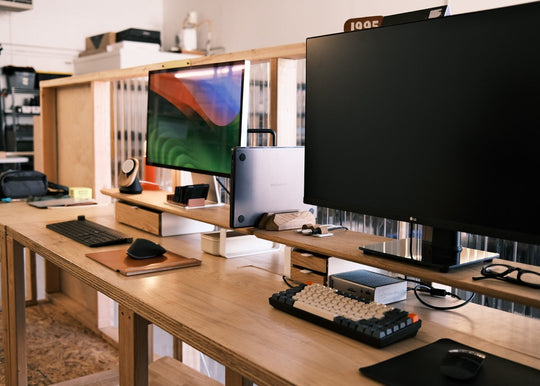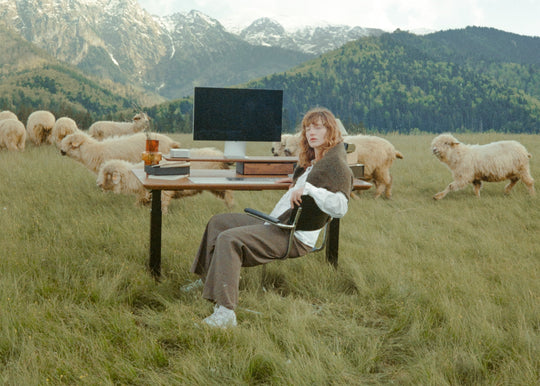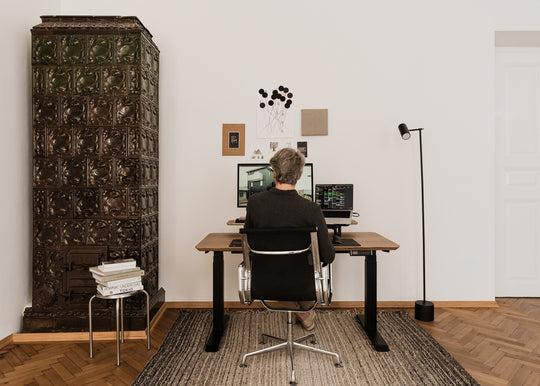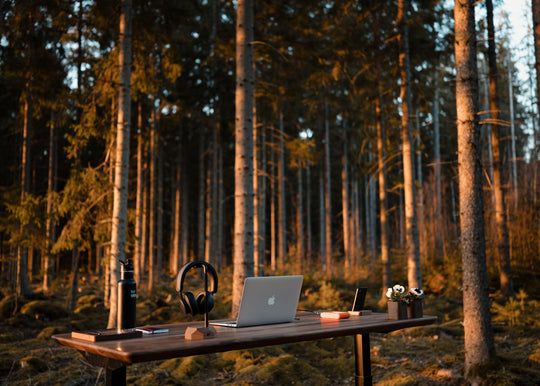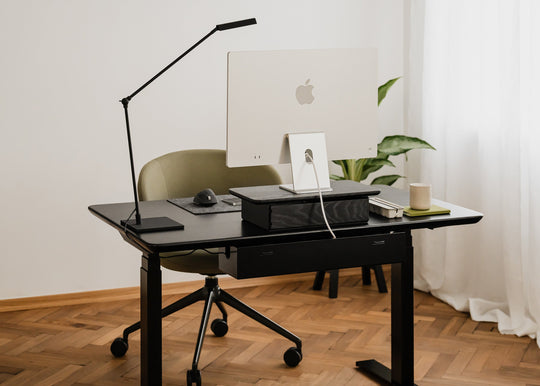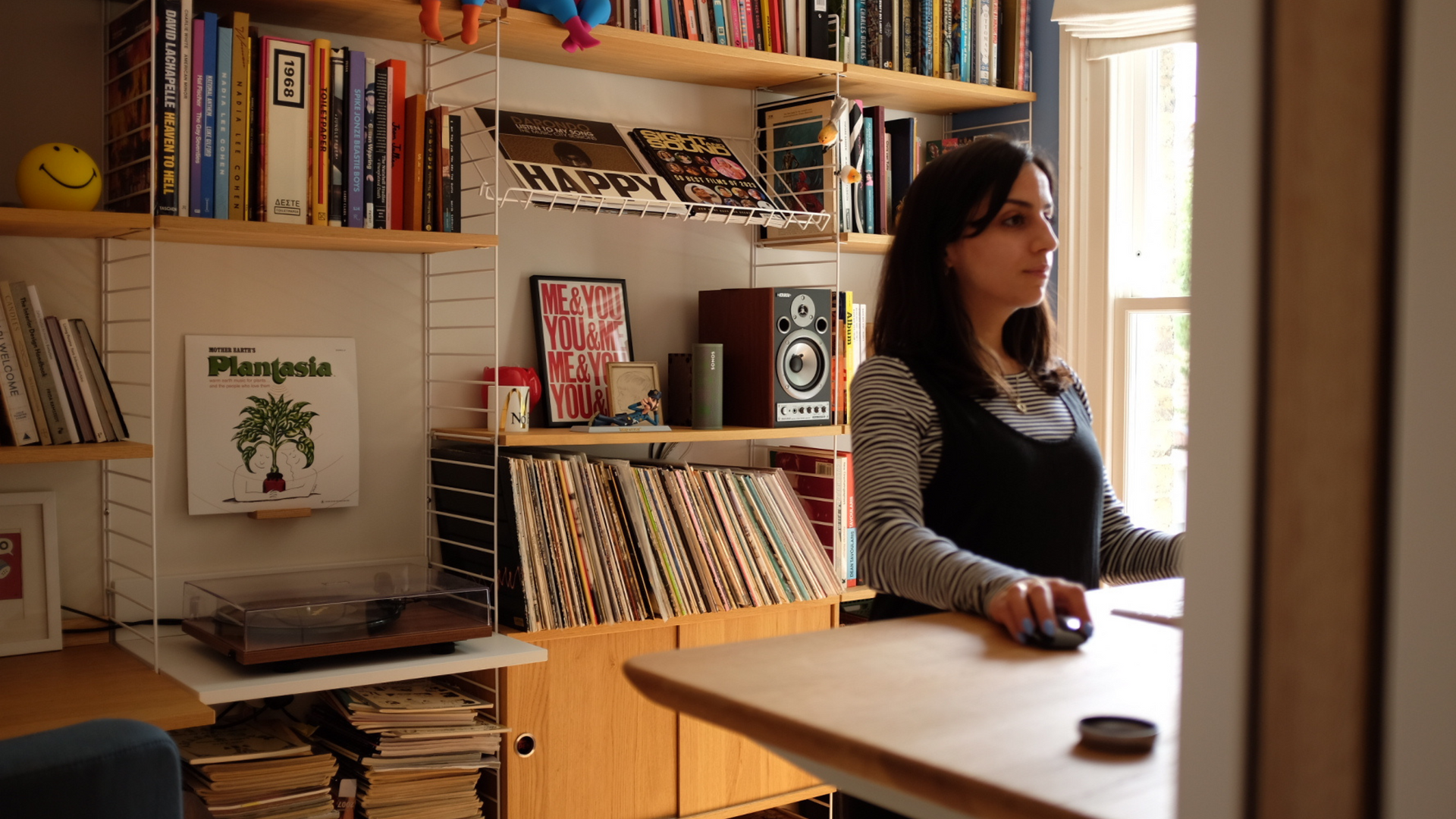
Your space, your story: Noor
Her love for interior design blossomed in childhood and evolved through various life stages. She merged her two passions—psychology and design—to develop a unique approach, emphasizing the creation of spaces that foster happiness and calm. In this conversation, we dive into the inspiring journey of Noor, a psychology teacher, MA psychotherapy student, and passionate advocate for interior psychology and sustainable living. She incorporates biophilic design, using natural fabrics, neutral colors, and warm woods to establish a strong connection with nature. Join us to learn about Noor’s insights on creating harmonious, sustainable living spaces and balancing work with self-care.

Can you share the story of how you first entered the design industry? Where does your passion for interior design stem from, and how has it evolved over time?
I’ve been interested in interior design since childhood. There was a British TV programme I loved called Changing Rooms; couples would work with an interior designer, 48 hours and a very small budget to make over a friend’s room, whilst their friends did the same to a room at their home. The results varied from pure joy to pure horror! However, I shared a bedroom for most of my childhood, so didn’t have the opportunity to decorate a space of my own until I was 10 and got my own room. At 18 I left home for university, and moved every year or so for a decade, which gave me lots of blank canvases to decorate, but the real joy came when I bought my flat, and could decorate an entire home without any landlord or housemate to limit my ambition. Over the years, my style has become more minimal, neutral and mature, with a greater focus on materials and design.
Interior psychology is still relatively niche. What initially sparked your interest in this field? How do you incorporate principles of interior psychology into your design projects?
It’s been a big part of my life for a long time, so it’s interesting it’s still considered relatively niche! From the age of 16 I started studying Psychology, which I now teach and study at university, and my interest in the two disciplines have merged over the years. In my view, your home should make you feel happy and calm. This means, and looks, different for everyone. For me, it means incorporating biophilic design – based on the idea that humans’ wellbeing is dependent on feeling connected to nature. When decorating my flat, for example, this was key to the design. I used natural fabrics, neutral colours and warm woods throughout, with a little pop of colour in each room for interest. My interior style has inevitably changed since moving in with my partner - he loves colour, and as many artists, is a big collector of things - but we’ve kept the natural fabrics, limited colour palette and warm woods aesthetic, just with a few more pops of color!

How do you typically organize your studies, work, and design projects? What aspects do you prioritize when planning your daily tasks and projects?
Organisation is something I am constantly navigating and learning. I have ADHD, so organisation typically doesn’t come naturally, but over the years I have learned some useful skills. For me, it's all about systems. For example, at school, I streamline my workload by allocating certain times each week to prepare lessons, mark papers, set homework etc., and I stick to these. If I fall behind, I compensate for the time with early mornings, late nights and/or weekends. I aim to do the same with uni work and creating, but sometimes deadlines clash and it all gets a bit overwhelming.
Another skill I’ve learnt is to be kind to myself. It’s a lot easier to be kind to others, and I am my worst critic. Some of managing my workload is remembering I’m human, things happen and ultimately, I’m doing my best and the work will get done, eventually. Lastly, I keep a Bullet Journal. The concept was designed by a man with ADHD, and you can customize the concept to work for you. I find that planning my day, week, month visually, in an analogue format, works better for me than electronically. It makes it easier to prioritise and manage tasks, whilst also factoring in time to eat, sleep and self-care.
What strategies do you employ to maintain efficiency and productivity in your work? Are there specific tools or techniques you find particularly helpful in staying focused and on track?
In addition to the above, I find space and time really crucial to my productivity. I work best in the mornings, when I’m most alert, so I prioritise cognitively challenging tasks for the mornings and more physical tasks for the afternoons (I avoid working in the evenings as much as possible).
In terms of space, I’m infinitely more productive when working in designated spaces. In interior design it's called zoning – allocating specific spaces for specific tasks. For example, the sofa and bed are spaces for relaxing, unwinding etc, whereas the study, my desk, my classroom are working spaces – they are set up to enable productivity. Our study, for example, might look full and busy, but the books are organised by genre, the desks are clear of clutter and everything else is organised into storage boxes and trays – Oakywood has been great for helping to achieve this! It means that everything can be found easily, and tidied away quickly, allowing us to focus on the task in hand.
Do you practice deep work, and if so, how do you integrate it into your routine? Could you share some effective practices for engaging in deep work, especially in a creative field like interior design?
I feel like deep work looks different for different people. For me, I have to be alone to focus on a cognitively challenging task, like writing an essay for uni. With ADHD, the mere presence of others feels like a distraction so I’ve learned to isolate myself when I need to focus. Phones are also a distraction, so I keep my phone permanently on silent, notifications off and face down. I use the Pomodoro technique to facilitate deep work in short bursts - I work for 20/25/30 mins and then take a 5 min break. In the break I check my phone, get a drink, stretch my legs. This approach has made a huge difference to my productivity and routine; otherwise large and overwhelming tasks are broken down into 20-30 mins time frames, making them so much more manageable!

What does work-life balance mean to you, and how do you strive to achieve and maintain it?
This is something I’ve definitely struggled to achieve over the years, mostly because it's so hard to define and measure that it feels impossible. I’ve recently redefined it as a balance between productivity and selfcare. Productivity, for me, refers to all the things I need to do: teaching, studying, creating, meal prep, laundry etc., whereas self-care is more what I want to do: time with loved ones, travel, unwinding. I’ve recently started to keep a self-care list – similar to a to-do list, but exclusively things I want to do and make me feel good. I feel like it helps me to prioritise self-care as much as I do productivity.
What are your favorite ways to relax and unwind outside of work?
Sharing a meal with friends or family, watching films with my partner or spa days with a friend. In the last year or so, it’s also been in the form of therapy. A requirement of my masters is to be in weekly personal therapy, and it’s been a game changer! I think people (my past self included) think you have to be in crisis to be in therapy, but I liken it to going to the gym – not everyone is trying to lose weight, most people are just trying to stay fit and healthy. Having an hour a week to reflect on life, without judgement, makes even the biggest of experiences feel lighter and more manageable – it's brought so much calm in what often feels like a sea of chaos. I’ve also recently resumed yoga classes - it's hard to feel anything other than calm after an hour of focused breathing and stretching!
How do you incorporate principles of sustainable living into your design projects and daily life?
I think it's really important to remember that we live in an imperfect world. All we can do is make sustainable choices, rather than live entirely sustainably. I’m a big advocate for shopping secondhand. Before buying anything I’ll check the secondhand markets first. So much of what we need already exists, and often for significantly cheaper and with a little more character than buying brand new. I also invest in classic designs and quality products, rather than follow trends. This means that if/when something no longer meets my needs, it’ll still have plenty of life left in it for someone else to use, rather than be doomed for landfill. And lastly, as I said earlier, I choose products made from natural materials. This means that when the item has reached its lifespan, it can be recycled or composted, reducing the impact on the environment.

Can you tell us about your favorite Oakywood products and how they support your daily life and work? In what ways do these products align with your values regarding sustainability and design aesthetics?
Oakywood products perfectly align with my design aesthetics and pursuit to be more sustainable! Most products are made from exclusively natural materials – either FSC approved solid oak or sustainably sourced Portuguese cork. Both are long lasting materials, and can be recycled or composted at the end of their lifespans.
We’re particularly loving the Oakyblocks – a collection of oak organiser trays, which can be used individually or together, to organise frequently used items on our desk like stationery and sticky notes. However, the real show stopper has been the standing desk. It’s been on our wishlist for a while, due to the physical and psychological benefits, and it did not disappoint. It’s quick and easy to adjust the height of the desk, and the design is as biophilic as it is minimalist, creating an inviting workspace that makes work a little more pleasurable.

